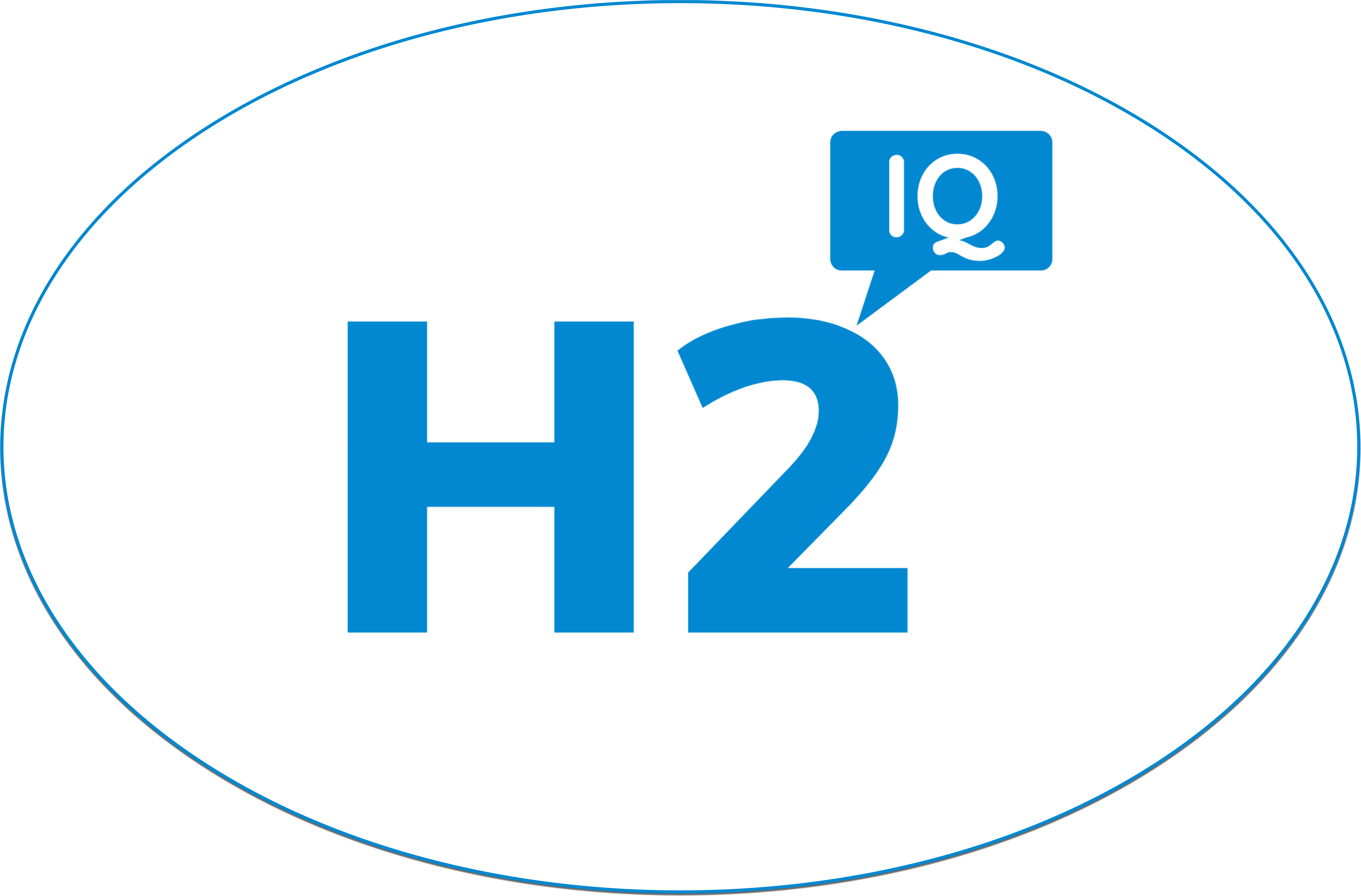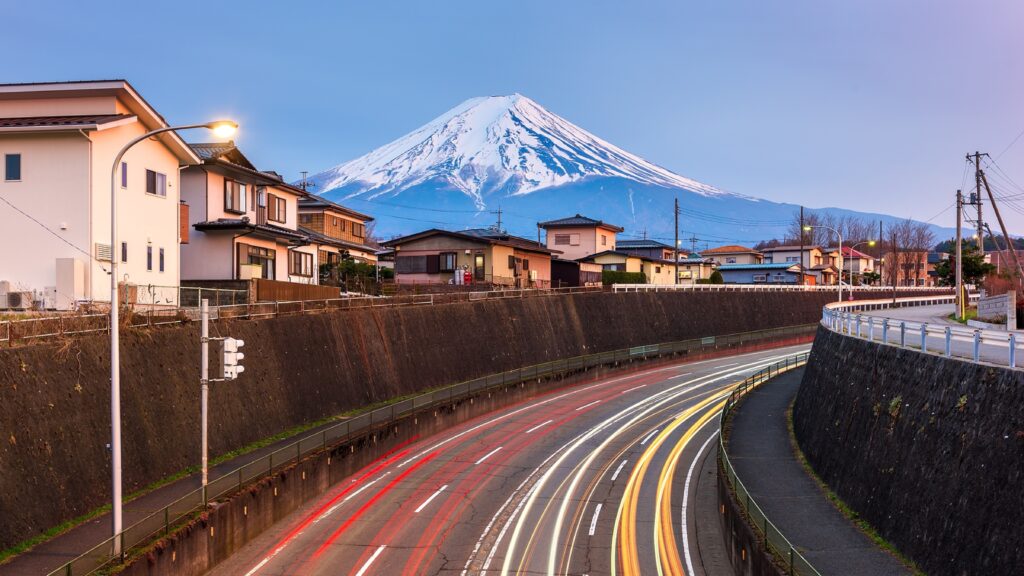Hydrogen production from water electrolysis allows for lower-cost hydrogen production. This abundance and harvestability are important for Japan, as its geographical location makes it resource-poor and unable to establish a connected energy grid. Therefore, Japan is dependent on imported fossil fuels for its energy infrastructure.
The tenuous stability of the current infrastructure was recently revealed with the Fukushima nuclear disaster in March 2011 and recent strong earthquakes. Nuclear power has public opposition from the Fukushima nuclear disaster and other nuclear site issues. Many nuclear power plants were closed due to inefficiencies and dirtiness. Fortunately, Japan has recognized its inability to remain dependent on fossil fuels and nuclear power. The country created the Basic Hydrogen Strategy in 2017. It was the first country to adopt and implement a national hydrogen framework.
Japan’s Hydrogen Strategy
This strategy was created because Japan has been plagued by structural vulnerability since the two 1970s oil crises and is also poor in natural resources. The Paris Agreement in November 2016 pushed Japan to create a plan to address climate change and greenhouse gas emissions. Hydrogen is a favorable option to address these concerns for multiple reasons. Producing power using hydrogen emits no carbon dioxide, and the only waste product is water vapor.
The Japanese hydrogen strategy is an analysis of current capabilities and a step-by-step means to realize a hydrogen-based society. The three-phase plan was designed to carefully consider both long and short periods that are required to secure economic efficiency and overcome technological challenges:
- Phase 1: Dramatic increase of hydrogen use compared to the current use. By dramatically increasing the use of hydrogen fuel cells and fuel cell vehicles, Japan will become a strong competitor in the global market.
- Phase 2: Full introduction of hydrogen power generation and a large-scale hydrogen supply system establishment (2030). As hydrogen demand increases, Japan will increase the current hydrogen sources’ scope to cover unused energy sources. A secondary energy structure, including hydrogen, will be developed in addition to traditional heat and electricity.
- Phase 3: A carbon dioxide-free hydrogen supply will be established on a total basis (2040). The combination of hydrogen production with carbon capture and storage or hydrogen use from renewable energy sources will be used to establish a carbon dioxide-free hydrogen supply system.
Ultimately, Japan plans to increase domestic induction to 3 million tons by 2030 and 20 million tons by 2050. It also aims to reduce the supply cost of hydrogen to below the current prices of gas-fired power before 2050. Additionally, Japan intends to reduce greenhouse gas emissions by 26% from 2013 to 2030. By 2030, Japan plans to commercialize large-scale transportation-related equipment through research and development to reduce the cost of this technology.
There are plans for future development in the hydrogen energy sector, especially fuel cell electric vehicles, but Japan does have limitations that will affect this progression:
- Cost. Domestic hydrogen supply is comparatively low, and the supply chain has limited capabilities. These factors make the cost of hydrogen in Japan relatively high. The cost will hinder progression until Japan can reduce costs for its companies and citizens.
- Hydrogen stations. Though Japan has a high number of refueling stations, it is not enough to support the kind of fuel cell electric vehicles (FCEVs) that Japan wants on its streets. This will hinder vehicle manufacturers from producing more passenger FCEVs.
- Hydrogen source. Japan has an ambitious hydrogen energy use goal, but it does not have the supply chain infrastructure or capabilities to produce its own green hydrogen. Because of this, Japan may begin obtaining hydrogen from coal as it is a path of least resistance toward the hydrogen use goal.
- Transportation. Japan has no international gas pipelines and electricity connections, so transportation of the gas form of hydrogen will be a challenge. Since there are no pre-existing pipelines, so Japan will either need to build infrastructure or rely on other methods of transportation.
Current Hydrogen Climate
The ultimate end goal of the strategy is to resolve Japanese energy security and reduce greenhouse gas emissions at the same time, increase national resolve efforts to use hydrogen, and become the first country to realize a hydrogen-based society to lead the world in hydrogen use. An analysis of Japan’s current hydrogen climate can be broken down into three parts: vision, strategy, and geography.
Japan’s Hydrogen Vision
Japan views hydrogen as a major means to decarbonize its economy while also sustaining industrial competitiveness. The Green Growth Strategy Through Achieving Carbon Neutrality identified hydrogen as a sector that will be key for Japan to accomplish these objectives. To be consistent with Japan’s 46% greenhouse reduction target (against 2013 levels), ammonia and hydrogen will comprise 1% of both the electrical supply mix and the primary energy mix. While hydrocarbon reliance is seen as inevitable in the short term, the long-term intent is to shift hydrogen sourcing from fossil fuels to renewable energy.
The country heavily invests in fuel cell technology and currently has a technological edge in this area. One goal of this technology is to reduce hydrogen production costs from about 1 USD per m3 in 2017 to 30 cents/Nm3 by 2030 and about or below 20 cents/Nm3 by 2050.
Japan’s Strategy
The Basic Hydrogen Strategy outlines a national hydrogen framework. It has been expanded upon with the most recent 2019 Strategic Roadmap for Hydrogen and Fuel Cells. Basic technologies, cost breakdowns, and required defined measures are targeted in the new roadmap. Japan’s goal is to expand its hydrogen market from 2 million tons per year to 3 million tons per year by 2030. It plans to then increase to 20 million tons per year by 2050. In addition, the country aims to reduce the cost of hydrogen to about one-third of its current levels by 2030.
The Japanese government and private companies are undertaking projects to develop hydrogen supply chains, including the development of maritime transport. In 2019, Kawasaki Heavy Industries LTD launched the world’s first liquefied hydrogen vessel. The world’s first liquefied hydrogen receiving terminal was created in Japan by the same company. Though the current plan focuses on fossil fuel-based hydrogen supply, establishing a manufacturing technology base to produce hydrogen from domestic renewable sources is estimated to occur by 2030.
Japan has decided to invest in all carriers of hydrogen — methylcyclohexane, methanation, ammonia, and liquid — to keep its technology options open since it is too early to determine the long-term viability. Robust funding has been applied to hydrogen research, development, demonstration, and deployment (RDD&D). Between April 2020 and March 2021, Japan applied $247 million to clean energy vehicles, $40 million to residential fuel cells/fuel cell innovation, $30 million to hydrogen infrastructure, $120 million to hydrogen fueling stations, and $15 million to hydrogen production/storage/usage technology.
Further, Japan’s national agency, known as New Energy, has begun funding hydrogen products to establish a large-scale hydrogen supply chain. Strong collaboration between the private and public sectors will dramatically increase the hydrogen capabilities of the country. Some of Japan’s leading energy companies, heavy industry companies, automakers, and financial entities have collaborated to promote hydrogen business and recommend policies to move toward a hydrogen economy.
Japan’s Geography
With over 130 stations across the nation centered in four major cities, Japan has the world’s largest set of hydrogen refueling stations. Financial support for their construction is provided by the Japanese government, but, costs remain high. The Fukushima hydrogen energy research field is a major hydrogen research complex with a 10-megawatt-class hydrogen production unit, the largest in the world.
Japanese companies have entered into hydrogen supply chain-related projects with multiple countries worldwide, including Saudi Arabia, Brunei, Singapore, Indonesia, Australia, and the United States. In September 2020, Saudi Arabia sent Japan the world’s first shipment of fossil fuel-based ammonia, and in 2021, Japan received the first shipment of Australian hydrogen.
Japan’s Movement Toward Hydrogen
The Japanese government has created a strong plan for movement away from fossil fuels and toward clean energy. In 2020, Japan announced that by 2050, they aim to become a carbon neutral, decarbonized society and reduce greenhouse gas emissions to net zero. Hydrogen energy can help meet these goals through production from renewable sources, nuclear sources, or fossil fuels with carbon capture and storage (CCS). Hydrogen energy has a plethora of benefits that Japan can reap:
- Diversification of energy supply. Hydrogen is abundant and can be procured from anywhere, internally or externally. This would free Japan from its dependence on fossil fuels and any risks from supply issues. The current overseas dependence on randomly located fossil fuels translates to an unstable supply in the case of any unrest, like the Ukrainian conflict. It would also provide security to Japan’s tenuous energy situation as it still recovers from the Fukushima nuclear incident and more recent earthquakes. Japan’s energy self-sufficiency rate is a consistent 6-7%, mainly due to nuclear power plant shutdowns after the Great East Japan Earthquake.
- Reduce carbon in energy generation, transportation, and heat. It is possible to harvest hydrogen without using carbon dioxide, and the only byproduct of hydrogen use is water vapor. Japan is currently suffering from significant air pollution issues, including an increase in related deaths from fossil fuel combustion in power plants, automobiles, and industrial facilities.
- Economic benefits. Improving the hydrogen capabilities in Japan will decrease the cost and have a price-stabilizing effect that will only compound as the globe works toward sustainable hydrogen energy. In 2021, the global hydrogen market was valued at USD 129.85 billion, and it is expected to grow at an annual rate of 6.4% from 2022 to 2030. Failing to break into this market would have detrimental effects on the Japanese economy.
The Race for Japanese Hydrogen Power
Japan does not currently have a strong hydrogen power system in place. The country currently depends on the import of overseas fossil fuels to provide 88% of its primary energy supply, and its energy supply remains one of the highest ranked in carbon intensity among International Energy Agency (IEA) members. The country only utilizes 1.7 million metric tons of hydrogen for its energy supply as of 2020. Here is how this number compares to other countries:
- China: 23.9 million metric tons
- United States: 11.3 million metric tons
- Canada: 2.5 million metric tons
- Iran: 3.6 million metric tons
- Egypt: 1.4 million metric tons
Though Japan does not currently have much hydrogen infrastructure in place outside of FCEVs and stations, it is an attainable goal for the country to continue increasing its hydrogen capabilities. While emission rates are going to remain high for a while, this dedicated movement to cleaner hydrogen energy will have positive, global implications that make the time and effort spent in the process a requirement for future generations’ health and safety.





